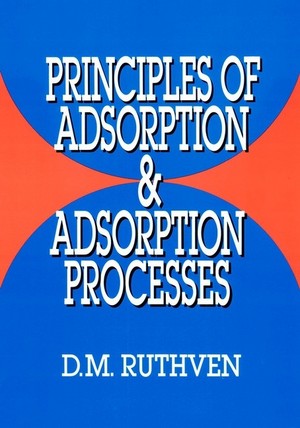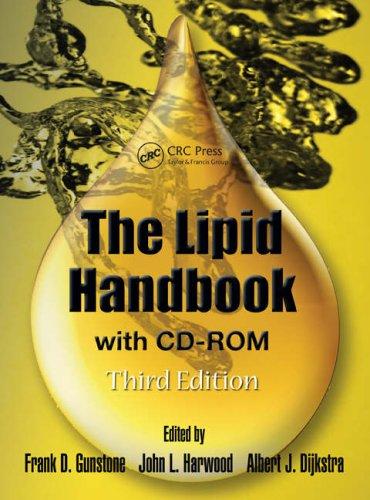TES
JURNAL 6
PENGHITUNGAN
JUMLAH MIKROBA DENGAN RUANG HITUNG
(Sumber :http://www.samyakinternational.com)
1.
Apakah
tujuan percobaan kali ini ?
- Mahasiswa
mampu melakukan pengamatan mikroba pada alat hemasitometer dengan bantuan
mikroskop.
-
Mahasiswa mampu melakukan perhitungan jumlah mikroba dengan menggunakan ruang hitung.
2.
Apa
yang Anda ketahui mengenai perhitungan jumlah bakteri ?
Penghitungan jumlah bakteri hidup
terbagi atas dua, yaitu secara (tidak langsung) Misalnya perhitungan pengurangan jumlah substrat dan
secara langsung. Penghitungan mikroba secara langsung antara lain:
1. Plate Count (hitungan cawan)
Plate count / viable count didasarkan
pada asumsi bahwa setiap sel mikroorganisme hidup dalam suspensi akan tumbuh
menjadi satu koloni setelah ditumbuhkan dalam media pertumbuhan dan lingkungan
yang sesuai. Setelah diinkubasi, jumlah
koloni yang tumbuh dihitung dan merupakan perkiraan atau dugaan dari jumlah
mikroorganisme dalam suspensi tersebut.
2. Turbidimetri
Turbidimetri merupakan metode yang cepat untuk
menghitung jumlah bakteri dalam suatu larutan menggunakan
spektrofotometer. Bakteri menyerap cahaya sebanding dengan volume total sel
(ditentukan oleh ukuran dan jumlah). Ketika
mikroba bertambah jumlahnya atau semakin besar ukurannya dalam biakan cair,
terjadi peningkatan kekeruhan dalam biakan. Kekeruhan dapat disebut optical
density (absorbsi cahaya, biasanya diukur pada panjang gelombang 520 nm – 700
nm). Untuk mikroba tertentu, kurva standar dapat memperlihatkan jumlah
organisme/ml (ditentukan dengan metode hitungan cawan) hingga pengukuran
optical density (ditentukan dengan spektrofotometer).
3. Hemasitometer
Hemasitometer adalah metode perhitungan secara mikroskopis. Ruang hitung terdiri dari 9 kotak besar dengan luas 1 mm². Satu
kotak besar di tengah, dibagi menjadi 25 kotak sedang dengan panjang 0,05 mm.
Satu kotak sedang dibagi lagi menjadi 16 kotak kecil. Dengan demikian satu
kotak besar tersebut berisi 400 kotak kecil. Tebal dari ruang hitung ini adalah
0,1 mm. Sel bakteri yang tersuspensi akan memenuhi volume ruang hitung tersebut
sehingga jumlah bakteri per satuan volume dapat diketahui.






.jpeg)

.jpg)



























